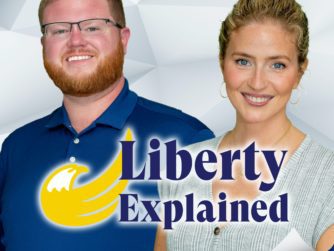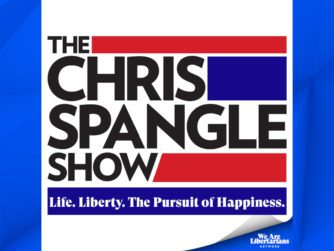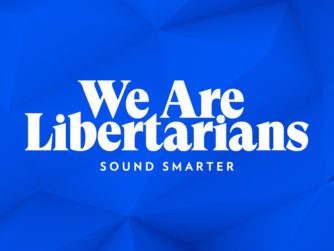According to anyone but a member of the state-run taxi cab coterie, Uber is awesome. It increases consumer choice, uses GPS technology for localization and accountability, drives down costs, and provides a better experience than the traditional taxi cab. But the establishment fears the threat of competition. Schools are no different from any other organizational endeavor. The more our schools become Uber-ized, the more specialized, efficient, and quality the experience for our children will become.
Uber creates a better experience by relying on consumer choice and feedback. It is more localized than a traditional cabs because you choose the pickup location. Each car is equipped with a driver-based GPS to serve the customer’s needs. There is also no argument about payment; the user has agreed to payment before the service has started. Let’s take a moment and imagine if you got into an Uber vehicle and had to pay a taxi tax: the starting rate for a traditional cab. This is the way that we fund education: you live in a district and you pay taxes whether or not you go to a school in that district. There are ways to drive down costs and increase quality by modeling school funding based on consumer choice.
The best way to do that is to let the money follow the children. Sounds pretty logical: the idea funding students instead of institutions. Unfortunately, there is a bureaucracy and unions anathema to the idea. Their intentions are in the right place, their incentives are not. What Uber-izing our schools does it put the money where the kids are. In order to do this, we must shift away from the concept that costs are fixed in schools. Costs change depending on the market forces surrounding them, and demand for good schools will force bad ones to get better.
This is a problem that will be fixed by changing the way we pay, not how much we pay. Since the 1960s, real education spending from the federal government has more than tripled when adjusted for inflation, yet results have flatlined. If costs were fixed, then more money would scale upwards towards quality. Andrew Coulson at the Cato Institute highlights that each child student that graduated in 2009 cost around $151,000, which is triple the amount we spent per child in 1970. “To sum up, we have little to show for the $2 trillion in federal education spending of the past half century. “
Much like school choice advocates, Uber has faced challenges from regulators with vested interests in its failure. The why behind these challenges is not based in any logical opposition to the benefits provided by consumer choice. The challenges exist because of money and special interests aimed at keeping the status quo. The way around this simple: expose consumers to the benefits of choice, and they will choose goods of a better quality. This is exactly how Uber has eroded the taxi cab monopoly, and it’s the way we’ll get better quality schools for our children.
Guest contributor Christopher Blakeley is from The Urban Libertarian. Learn more about him here:
The Urban Libertarian: theurbanlibertarian.us/
Link to the Original Article: theurbanlibertarian.us/politics/make-our-schools-like-uber.html



